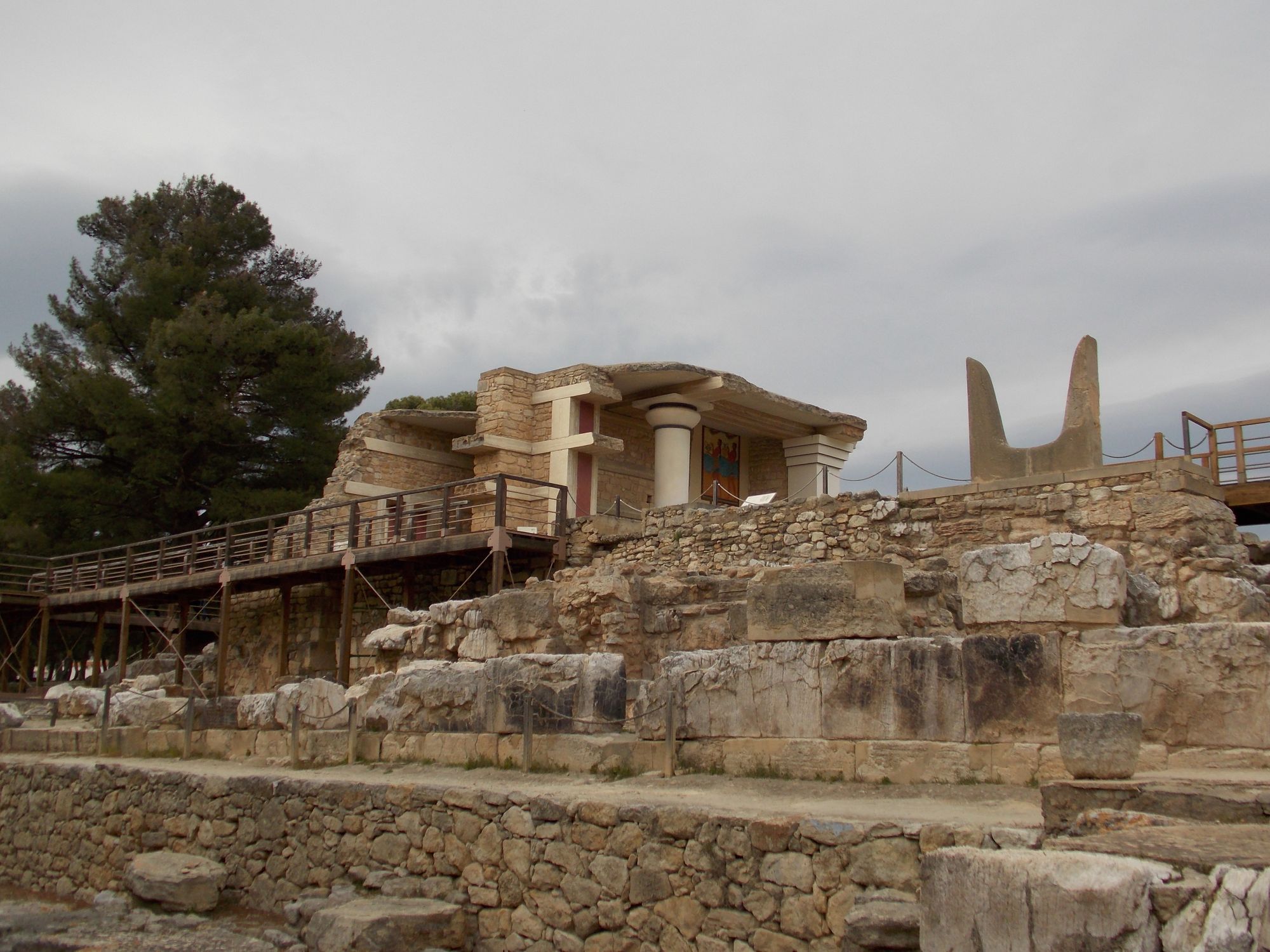
#OneCoolThing: Florence Smith Nicholls
Welcome our latest post in a regular series where we invite members of our team to talk about One Cool Thing (not necessarily from games) and if/how it influences/reflects on their work. While we're not able to talk about the exciting things we're working on right now, we hope this will be a nice little series of introductions to the interests & practices of our excellent team.
We took a break from these posts over the end of the last year, but we're back again (and with several exciting new team members to draw from) this time with an offering from the excellent Florence Smith Nicholls. You can follow Florence on Twitter @Florencesn, which you should do, because they're also involved in a lot of other things - including the experimental AI collective Knives & Paintbrushes, and a PhD into Archeogaming! We came across Florence as one of our interviewees for last year's Narrative Design Internship, and were super impressed with them, so when we had a position open up on the team for a Story Tech we got back in contact and were delighted to find they had availability. An example of how many excellent applicants we have. We wish we could choose way more!
For previous articles in this series, check out tech lead Katrin-Anna Zibuschka on Co-operative Experiences, deputy tech lead Roxanne van Dam on "Doing the Disco", writer Harry Josephine Giles on Brave Sparrow, writer Sharna Jackson on Joana Choumali, tech artist Angus Dick on Fantastic Planet, creative producer Ben Wilson on Leaderboards, and story lead Char Putney on Randomness.
Without further ado: Florence!
Environmental Storytelling:
There’s a now infamous tweet by Ben Esposito which reads as thus:
in game design, "environmental storytelling" is the art of placing skulls near a toilet
— ben esposito (@torahhorse) March 14, 2016
Though this is meant to be a joke, as a former archaeologist turned narrative designer, the idea of discovering a skull entombed near a lavatory is less ridiculous than you might think.
As a Story Tech with Die Gute Fabrik I keep track of different variables, triggers and objects in our game world. I’m particularly interested in how the placement of objects in a designed landscape can implicitly evoke a story. I’m increasingly convinced my experience as an archaeologist interpreting the material remains of the past has parallels with environmental storytelling in video games.
In order to explore this point a little further, I’d like to introduce you to the archaeological site of Knossos. Perhaps you’ve met before, but in case you haven’t: the Palace of Knossos is a Bronze Age court-centred complex located on Crete. People have written entire books about why Knossos is interesting so I won’t pretend to adequately sum it up here. Academics are still debating to what extent it functioned as an administrative or religious centre. It had beautiful frescoes of dolphins, griffins and bull-leapers. Perhaps most impressively, it had a sophisticated water management system.
As was the case with many archaeological sites around the world, an English ‘gentleman’ commandeered Knossos. Sir Arthur Evans acquired the site in 1899 and moulded it into the tourist attraction that you see today. Through the lens of a Victorian aristocrat, he used reinforced concrete to calcify his interpretation of Knossos as a lavish palace. As a result it now has a very telling alias: Disneyland Knossos.

Environmental storytelling as a term has become synonymous with video games, but that wasn’t always the case. It was actually popularised in games studies by the scholar Henry Jenkins in reference to the imagineers at Walt Disney theme parks. Just like Arthur Evans, Walt Disney created an immersive experience of a fantasy palace – he just did it a couple of decades later.
Knossos is a fantastic environmental storytelling case study in that it demonstrates the power and pitfalls of authoring an experience through material remains. The same issues emerge in the narrative design of video games. If you rely on certain kinds of objects to tell your story, you’re not just saying something about the game-world, you’re indirectly telling the player about what you think as a designer. Arthur Evans presented an idealised palace as the zenith of Bronze Age Europe, but it can also be read as a diorama of the British colonial mindset.
Back in 2015, I spent several months interning at the Knossos Stratigraphical Museum. Every day I’d walk past Evan’s Villa Ariadne, the private residence he built for himself near the site that is surrounded by the only Greek Edwardian garden in existence. Arthur Evan’s vision for Knossos still clings on, but it's not the most famous story to come out of the site.
I’d like to tie the threads of this piece together with the most enduring narrative about Knossos: the labyrinth. Perhaps you’ve heard the story of Theseus and the Minotaur. According to the myth, King Minos hid the minotaur in a labyrinth constructed underneath the Palace of Knossos. There has been some speculation that the intricate ruins of Knossos were interpreted as a maze by later Greeks, inspiring the myth as we know it from the time of Classical Greece (5th-4th centuries BC). Long before it became Arthur Evan’s palace, Knossos was the stage for a tale warning against the warped hubris of kings.
Environmental storytelling is about how we interpret non-fictional pasts as well as how we create fictional ones. Be careful about leaving skulls near toilets-you never know what stories people might come up with.
